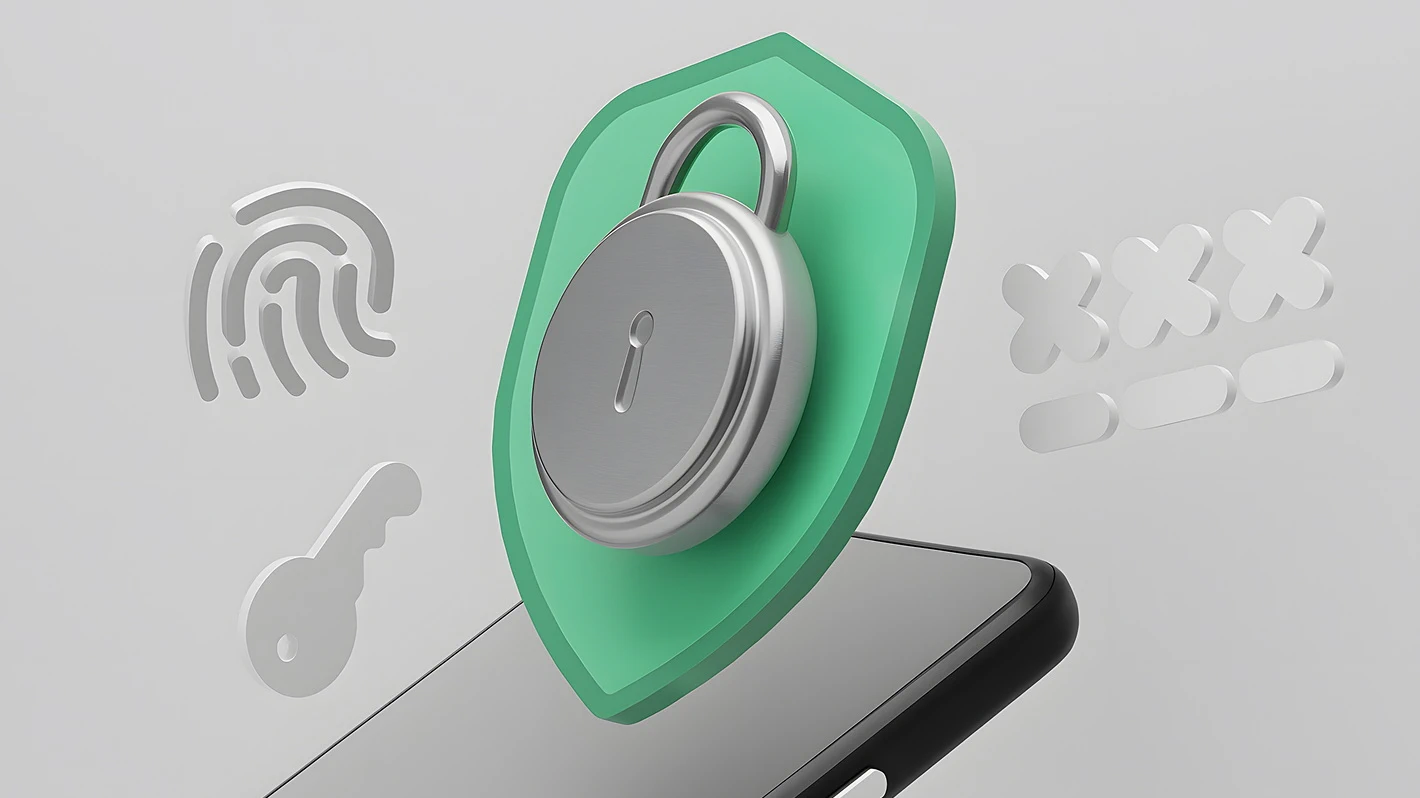Customer connection is often viewed as a more intangible thing than hard data like ROI since people’s feelings and emotions are harder to measure with exact numbers. However, studies show that businesses tend to look far beyond just cold sales rates.
In fact, companies are addressing a root cause: the level of engagement with their target audience, also known as customer connection. The Global Customer Experience Benchmarking Report shows that 90.9% of organizations consider customer experience an important differentiator. This means that the latter is now a benchmark for any successful business model.
Truth is, a decision of whether to buy your product rarely looks like a heartless sales funnel graph. Instead, it’s a journey with people’s personal and even very intimate experiences that stand behind every thought and every act in their lives. Go through this checklist of customer connection considerations to increase engagement with your brand and attract more happy leads.

Personal customer connections
The Benchmark report above also shows that 2 in 3 people would rather speak to a human when they need something. So, as much as we are all fascinated by robotics and AI, you might want to prioritize live conversations over talking to bots to make it personal. Of course, you don’t want to cross the line, but emotional customer connections are fundamental to satisfying their needs.
Sometimes people are willing to say what’s wrong with their experience only if they can feel an acceptable level of customer connection when talking to another person (like a Support specialist). When customers feel that they are not taken care of, they are more likely to storm out and post a 1-star comment somewhere on a public review platform than try to learn how to use your product.
At the end of the day, there’s plenty of fish in the sea, so keep in mind that competitors might be watching where your customer connection fails, seeking opportunities to advertise against you.

A portrait of a connected customer
To make the customer connection more tangible, you can use a variety of techniques that visualize what is a connected customer and what’s on their mind. For example, empathy mapping helps to dig deeper into motivations and prioritize the most burning needs of the customers. A typical empathy map consists of four quadrants of what your client Says, Thinks, Does, and Feels.
Let’s look at each of these quadrants representing a connected customer.
- Says – this is what the customer directly says in a phone conversation, chat, or email message. Quite often, marketing specialists try to improve customer connection online by extracting opinions from public forums like Quora, Reddit, TrustPilot, etc. So, while it’s important to know what customers say about their experience with your business, you can also build the customer connection based on knowing what they express out loud about their experience with someone else.
- Thinks – this quadrant might be a bit of a guessing game but, nevertheless, it’s a very useful exercise. For instance, when you interact with clients, try to imagine what they think at this moment. Are there any unvoiced concerns? Do they say one thing while thinking in a totally different direction?
- Does – this point is quite obvious because you can derive it from the stats and metrics that you have. For example, you track the activity on the website or clients’ actions after talking to Call Center specialists. Naturally, you would also examine what the connected customer doesn’t do (e.g. registered an account but never made a purchase).
- Feels – customer experience makes them feel in a certain way. Brands that have a decent level of customer connection, know exactly what their leads feel at every step of the client journey to cater to their needs. Obviously, continuous improvement of those feelings is important.

The easiest way to create empathy maps is to draw the diagram on a whiteboard and use sticky notes for every statement. When the information is collected, the team can start a brainstorming session to come up with ways of increasing the customer connection by elevating the empathy level.
Another interesting practice for improving customer connections is building buyer personas. It can be the next step after the empathy map. It’s beneficial to think of your client not as a generalized concept but as a real someone who would be interested in using your products and services.
Connect to a customer in seamless experiences
COVID-19 pandemic prompted businesses to reimagine how they connect to a customer in efforts to take it to a new level. Internet connectivity and personal computers allow us to stay in touch with colleagues and loved ones, shop, study, and do a million other things on a remote basis. And, as much as it is more convenient to not have to commute or live in a particular location, customer connection online has become less satisfactory when people started seeing the world only through the monitors of their computers.
It’s vital to address the growing need for socialization and personable experience. You can build better customer connections by making them feel closer to your brand and to each other.
There is an interesting concept of what Accenture calls real virtualities. The idea is to connect to a customer by embracing mixed realities as opposed to the old idea of virtual realities. The drawback of the latter is the presence of an isolated experience. Accenture researchers argue that it’s possible to incorporate previously unavailable feelings like touch and smell, creating the ultimate feeling of presence someplace different from the actual physical existence.
However, we recommend that businesses start building customer connection by introducing emotional rapport before opting for high-tech in this current macroeconomic landscape. The recent news that Microsoft is about to lay off 10,000 of their VR/mixed reality teams, topped up by Meta layoffs suggests that, in terms of technology, remote experiences won’t get much better anytime soon.

Connect with customers by being on their side
Human-to-human interaction helps connect with customers on an emotional level. However, if you look deeper, sometimes clients need much more than a pat on the back. If you take their side and make their experience better in some situations, the emotional background will improve by itself. As a result, customers will be happy both on material and mental levels.
One of the hottest ways to connect with customers is by utilizing something like a DoNotPay negotiator bot, powered by ChatGPT AI. The company recently shared a video where their chatbot negotiates down the price of the Internet service. The bot complains about poor service in an online chat and receives a $120 annual discount.
As you can see, DoNotPay builds a customer connection online based on users’ beef with other companies. That’s an interesting move because customer dissatisfaction is a constant. It’s hard to imagine customers being 100% satisfied with everything they pay for. So, why not delegate uncomfortable conversations to chatbots and monetize on that while making customers happy?
Connecting with customers: be accurate and speak the truth
In 2022, aviation and cattle industry players had been criticizing Google for misrepresenting carbon emission statistics. Major media outlets like BBC offered detailed coverage of Google Flight’s algorithms. Evidence suggests that Google’s calculations exclude all the global warming factors except for carbon dioxide while averaging out all the data without taking into account factors like airlines’ sustainable fuel usage and offset purchases. As a result, whole industries found it challenging to be connecting with customers.
The US ranchers said that Google disregards the lower local emissions as well as the positive impact of raising cattle, such as preserving greenery and reducing water consumption.
Perhaps, leaders of these respective industries worry that people will fly less and cut down on burgers. At the same time, proven insights into Google’s algorithms show that their emissions data that is promoted as the one giving an accurate picture and making the world a better place, in actuality is questionable. So not only Google spoils customer connection levels for other companies but they also might lose that ultimate level of trust because the research doesn’t look right.
The moral of this story? While connecting with customers, try to be as truthful as possible. Any hard numbers should be thoroughly checked to avoid allegations of tweaking the facts. As you know, trust is hard to build yet easy to lose.

Interacting with clients 101: develop a community
In the early days of the Internet, people began surfing the World Wide Web but they could only read the data from websites without bringing any contribution. That was called web 1.0.
As the new millennium approached, users gained the ability to not only view content but also post it to third-party websites. That was a game changer since such new capabilities eventually brought us the now omnipresent social media together with unique opportunities for building customer connections.
Nowadays, brands successfully use social media to their own benefit. There are 2 major steps to creating and maintaining the customer connection:
Step 1. Become an influencer
Step 2. Build a community
Staying on top of news feeds might be challenging because it requires a certain frequency of posts and user engagement (likes, shares, subscribes, comments).
Once you’ve created a continuous presence and gained a few thousand dedicated fans, it’s time for step 2. The ultimate goal here is to go viral and let customers do the job of promoting your brand. If it’s something that they can play with (like an open-source app), the word of mouth will become more efficient than any advertising.
Interact with clients: create positive vibes
Research indicates that customers expect a response to their inquiries within the first 10 minutes whereas 90% rate the immediate response as “important”. That’s a problem-solving trajectory. But, what if everything’s fine and your users don’t complain? Do you still need to interact with clients?
It turns out, it’s a good idea to maintain communication even if you don’t have to solve any issues. For example, show your appreciation to dedicated users. Good vibes between you will make for even better customer connections for a long time to come.
The statistics don’t lie: 86% of customers are ready to pay for a better experience, while 49% of buyers would make impulse purchases after receiving a more personalized level of experience. Conversely, when a Support agent only contacts a customer when it’s time to renew a subscription, or after 2 weeks of waiting to resolve a ticket, such a customer would rather feel under-appreciated.
Instead of waiting for an occasion to arise, it’s better to show that you see your users and that you go above and beyond even before they know what they need.

Why Helpware?
Customer connection has been one of our highly prioritized areas of expertise. Helpware has long adopted the People as a Service methodology in outsourcing business processes. What’s more, the unique human-to-human level of interacting with clients is seamlessly supported with AI models that efficiently aid in a greater understanding of the customers’ needs and wants.
We interact with clients by taking initiative in processes like an inbound and outbound call center, live chat, and technical and email support.
With Helpware, you’ll create an unparalleled client journey. We have successfully integrated the data-driven six sigma methodology with an outstanding level of individual care. You can outsource customer connections processes in areas where you need them most or build everything from the ground up with the help of our comprehensive approach. Don’t hesitate to contact our consultants now and get a personalized look at how to improve your operations that have to do with maintaining a robust customer connection.












